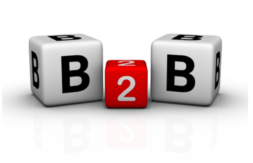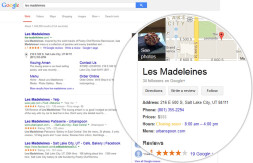How to Read Shopper’s Minds

The best mind readers in the world are, well, probably not even psychic. They just really know how to read people. You, too, can become an expert mind reader when it comes to your customers. You just need to how to “read” them.

Examining your visitors’ search phrases can yield valuable information.
Search Analysis
Unless a shopper knows exactly where they are going, most impatient online shoppers will type in a search to find what they want. Search terms are a treasure trove of information. At the bottom of the Nexternal Dashboard, you’ll find charts documenting your visitor’s searches.
Take Action:
- Are there a few products that are heavily searched? Consider highlighting them on the storefront as featured products to make it easier for your customers to find them.
- Are there above average searches for a product you don’t carry? Consider adding it to your product lineup.
- Are there search terms for products that you do have, but aren’t actually matching up to a product page? Do a little sleuthing to find out why. Perhaps there is a popular misspelling of a keyword you could add to your product’s description.
Order Analysis
Take a good look at orders that have been placed at your store. What do people tend to buy together? For example, shoppers who bought a kayak are very likely to have bought paddles and life vests along with it.
Take Action:
- Consider putting together bundles that would be a greater value than if the shopper were to purchase them separately. This encourages the shopper to perhaps purchase more than they originally intended.
- Set up related items for products that go well together.
Page Visit Analysis
If you have Google Analytics set up, you can see which pages have the most visits, and clicking on the page name shows you how long the average visit was. If you notice that shoppers tend to spend more time on particular products, it means they are likely reading, learning more about your product, and trying to decide if it is right for them. The more an item costs, the more time buyers are likely to spend doing their homework.
Take Action: You can help your visitors by making it easier for them to compare similar items. For example, if you have a 19-inch monitor that shoppers seem to be examining, set up related items with other 19-inch monitors, or perhaps other sized monitors by the same brand.














